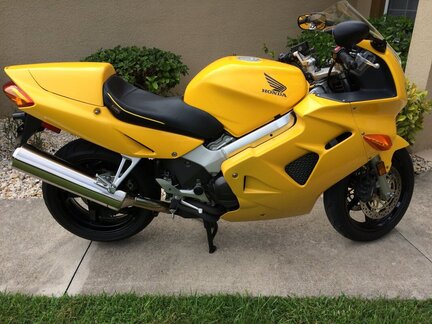 Click on image for the VFRworld.com link.
Click on image for the VFRworld.com link. Where: Southwest Florida
Why: Exceptionally well-kept 5th-Gen
Price: Asking $5000
1998-2001 VFR fans will tell you in no uncertain terms that theirs is the best generation of Interceptor out there. And owners of the one-year Pearl Shining Yellow bikes may be the most vocal.
They all have a point, of course. Sitting in the sweet spot between the gear-drive cam design of the previous generations and the new age chain-drive VTEC models, the fuel injected 782cc V4 got a few tweaks for the 2000 model year. These included an updated EFI system, oxygen sensors and the "fast idle" lever deleted, while all 5th-gen bikes got Honda's new CBS linked braking system.
This two-owner example presents beautifully despite showing nearly 29,000 miles. Obviously well cared for with full maintenance records and a few nice extras: Bar risers, alarm system, aftermarket windscreen and color-matched Corbin seat. The $5000 asking is at the high end, but I'm thinking you get what you pay for here. If yellow is your color, you'd be hard pressed to find a nicer example.


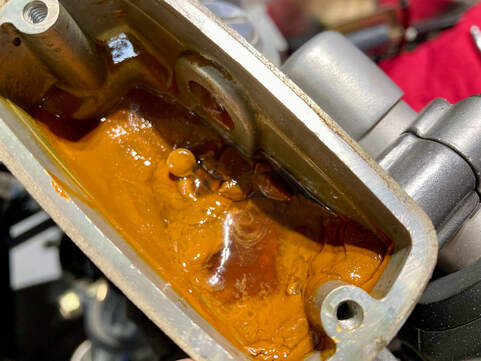
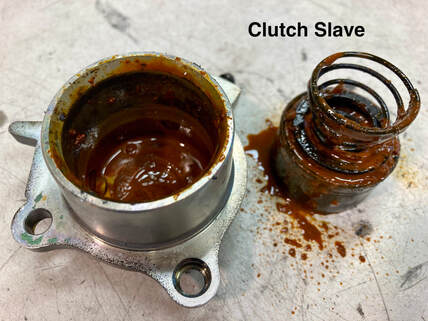
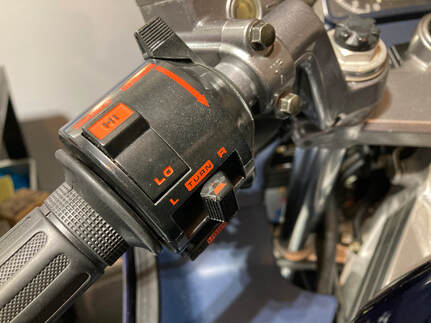





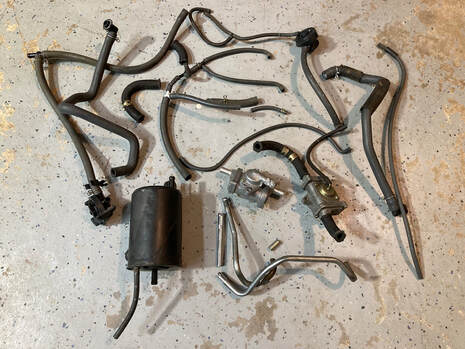












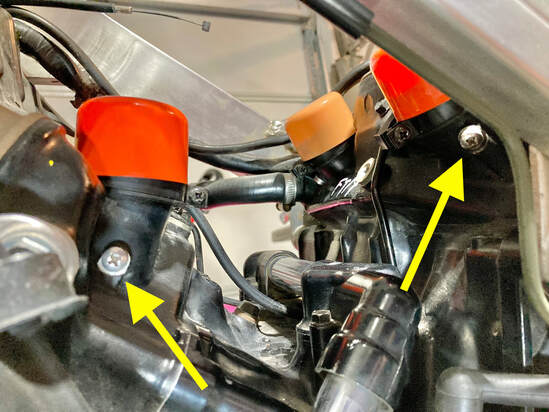
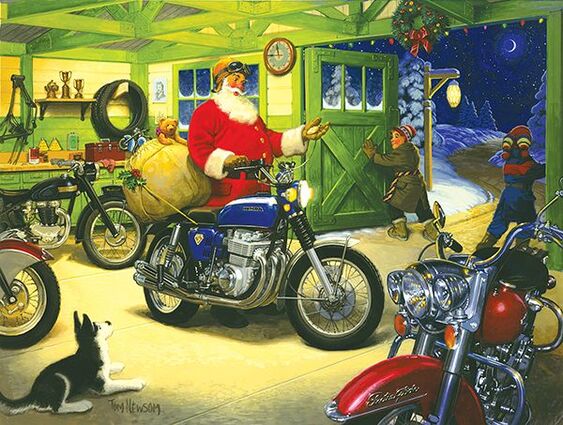
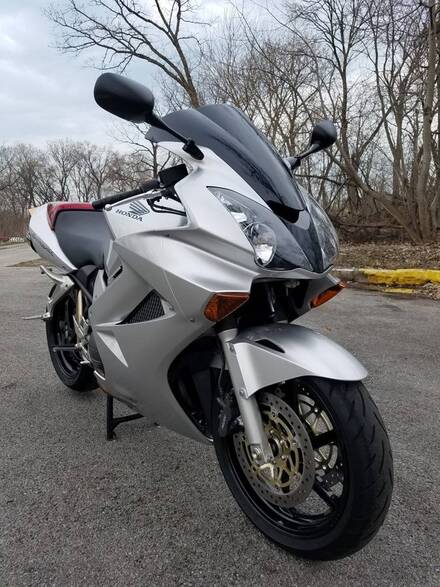


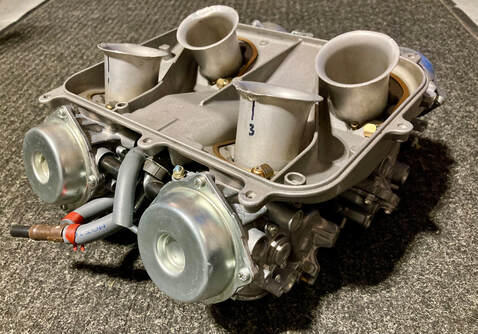
 RSS Feed
RSS Feed